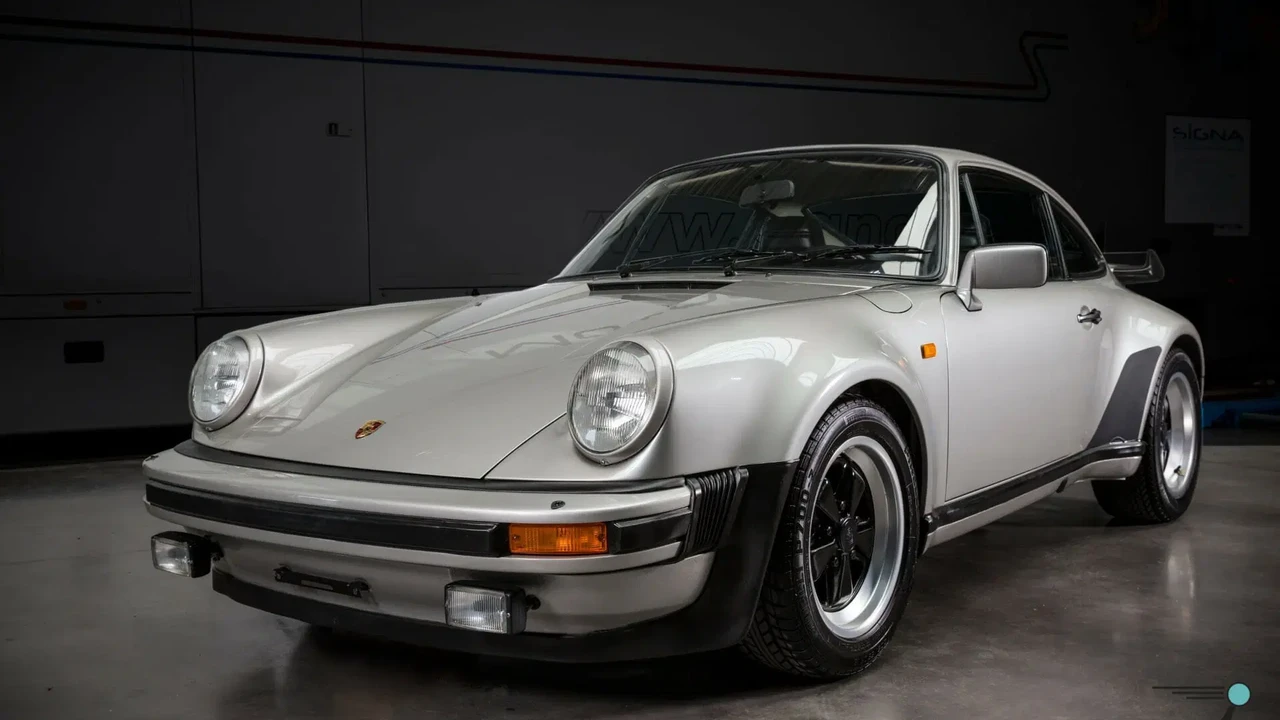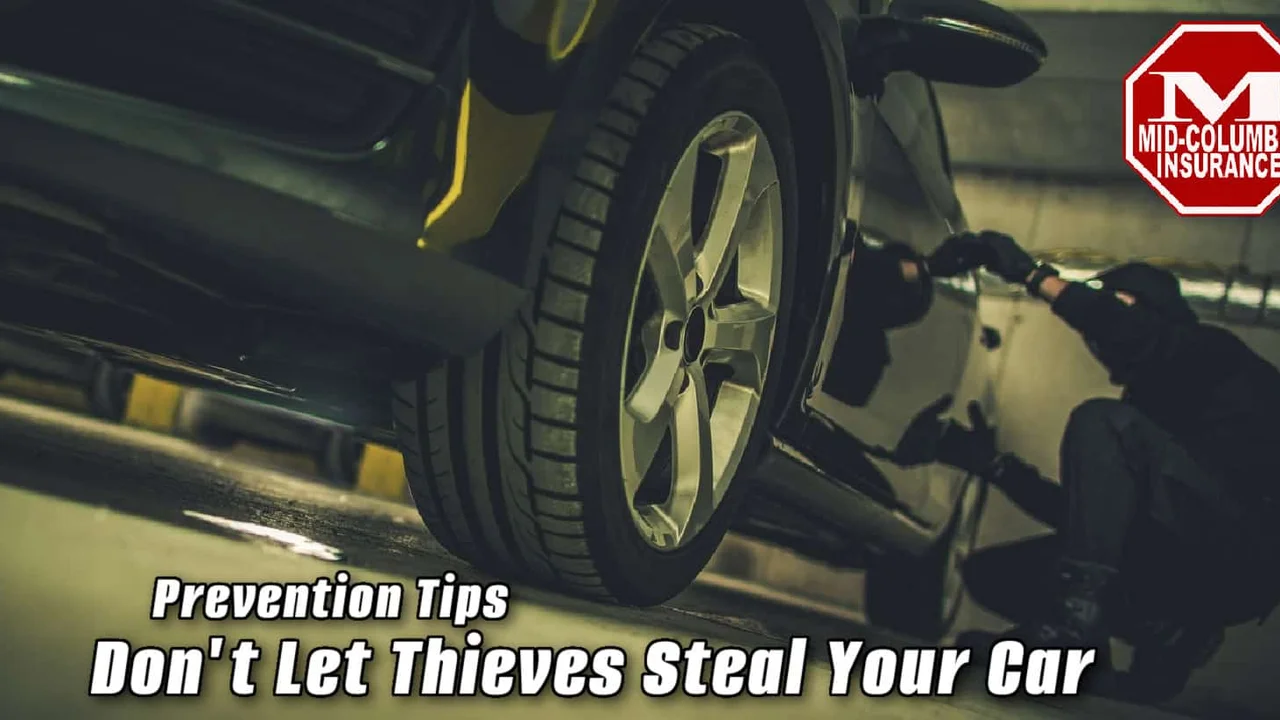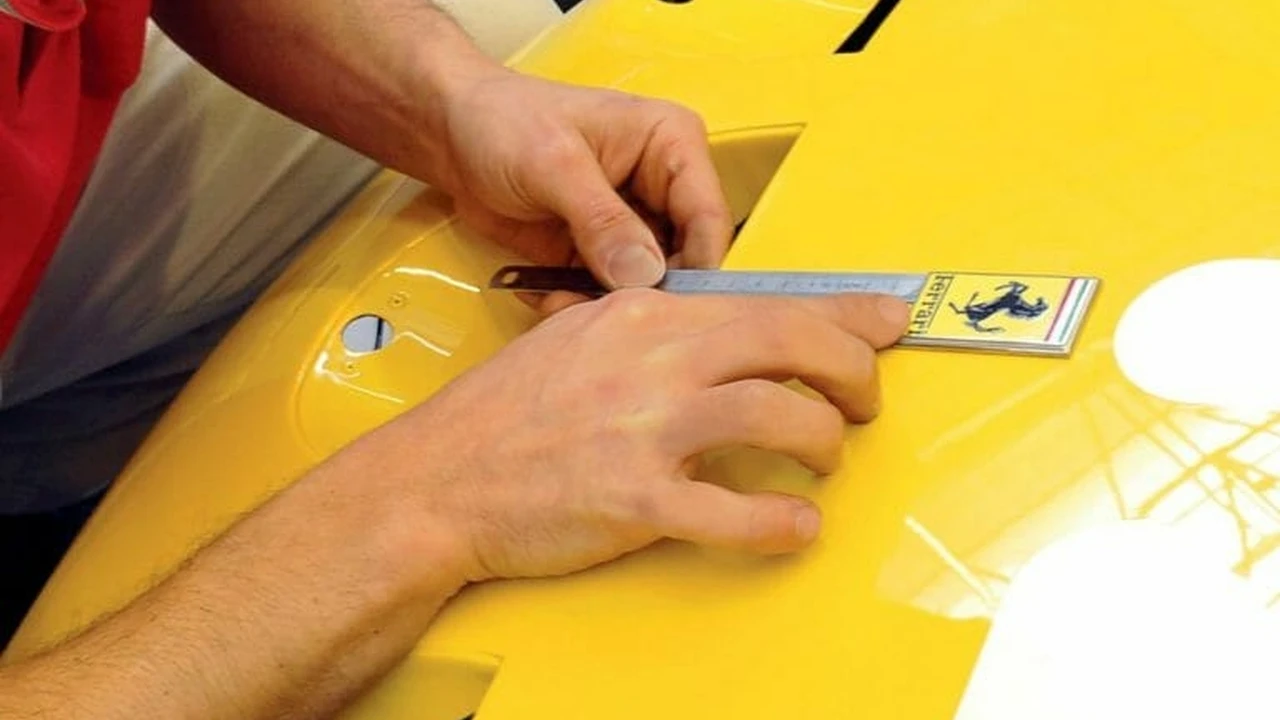Porsche 914 The Affordable Mid-Engine Classic
An in-depth look at the Porsche 914, known for its mid-engine layout, affordability, and unique driving experience.

The Porsche 914 A Mid-Engine Marvel for the Masses
Okay, let's talk about the Porsche 914. It's not your typical Porsche, right? When you think of Porsche, you might picture the iconic 911, sleek and powerful. The 914 is… different. It was born out of a collaboration between Porsche and Volkswagen in the late 1960s. The idea was simple: Porsche needed a new entry-level car, and Volkswagen needed a replacement for the Karmann Ghia. The result? A mid-engine sports car that was surprisingly affordable – at least, relatively speaking for a Porsche.
The 914 was produced from 1969 to 1976, and it came in two main flavors: the 914/4 with a four-cylinder engine, and the 914/6 with a six-cylinder Porsche engine. The 914/4 was the more common and more affordable version, while the 914/6 was the higher-performance, more expensive option.
Why the Porsche 914 is a Desirable Classic Car: Key Features and Benefits
So, why should you even consider a 914? Well, it's all about the mid-engine layout. This gives the 914 fantastic balance and handling. It's a blast to drive on twisty roads. The engine is located right behind the seats, which means the weight is distributed more evenly between the front and rear wheels. This makes the car feel incredibly nimble and responsive. Think go-kart, but with a Porsche badge.
Another big plus is the Targa top. You can easily remove the roof panel and stow it in the trunk, giving you an open-air driving experience. It's not quite a convertible, but it's close enough, and it adds to the 914's sporty appeal.
Finally, let's talk about affordability. Compared to other classic Porsches, the 914 is relatively inexpensive. You can find decent examples for a fraction of the price of a 911 or a 356. This makes it a great entry point into the world of classic Porsche ownership.
Porsche 914 Engine Options and Performance: A Detailed Overview
Let’s dive into the engine options. The 914/4 came with a Volkswagen-sourced four-cylinder engine. Early models had a 1.7-liter engine, which was later upgraded to a 1.8-liter and then a 2.0-liter. These engines weren't exactly powerhouses, but they were reliable and fuel-efficient. The 2.0-liter engine is generally considered the most desirable of the four-cylinder options.
The 914/6, on the other hand, had a Porsche-designed 2.0-liter six-cylinder engine. This engine was much more powerful and gave the 914/6 significantly better performance. However, the 914/6 was also much more expensive, and fewer were produced.
In terms of performance, the 914/4 could accelerate from 0 to 60 mph in around 12 seconds, while the 914/6 could do it in around 8 seconds. Top speed was around 110 mph for the 914/4 and 125 mph for the 914/6. These numbers might not sound impressive by today's standards, but remember, we're talking about a car from the 1970s. And more importantly, the 914 is all about the driving experience, not just straight-line speed.
Common Problems and Issues with the Porsche 914: What to Watch Out For
Like any classic car, the 914 has its share of potential problems. Rust is a major concern, especially in areas with harsh winters. Check the floors, rocker panels, and suspension mounting points for rust. Electrical problems are also common, so make sure all the lights, switches, and gauges are working properly.
The four-cylinder engines are generally reliable, but they can suffer from oil leaks and worn-out valve guides. The six-cylinder engines are more complex and can be more expensive to maintain. Check for signs of oil leaks, unusual noises, and overheating.
The 914's suspension can also be a source of problems. The bushings and ball joints can wear out, leading to sloppy handling. The brakes can also be problematic, especially if they haven't been properly maintained.
Porsche 914 Restoration and Maintenance: Tips and Resources
If you're considering buying a 914, be prepared to do some maintenance and possibly restoration. Fortunately, there are plenty of resources available to help you. There are numerous online forums and clubs dedicated to the 914, where you can find advice, parts, and technical information.
There are also several companies that specialize in Porsche 914 parts and restoration. These companies can provide you with everything you need to keep your 914 running smoothly, from engine parts to body panels.
When restoring a 914, it's important to pay attention to detail. The 914 is a relatively simple car, but it's important to use the correct parts and follow the factory specifications. This will ensure that your 914 is not only reliable but also retains its value.
Porsche 914 Aftermarket Accessories and Upgrades: Enhancing Performance and Style
Want to spice up your 914? There's a whole world of aftermarket accessories and upgrades available. You can improve the car's performance with things like a performance exhaust system, upgraded suspension, and a more powerful engine. You can also enhance the car's style with things like aftermarket wheels, spoilers, and interior trim.
For example, a popular upgrade is a Weber carburetor conversion for the four-cylinder engines. This can significantly improve the engine's performance and throttle response.
Another popular upgrade is a set of aftermarket wheels. Fuchs wheels are a classic choice for Porsches, but there are many other options available.
If you're looking to improve the car's handling, consider upgrading the suspension with aftermarket shocks and springs. This can make the car feel even more nimble and responsive.
Recommended Products for Porsche 914 Owners:
Here are a few specific product recommendations for 914 owners:
- Weber Carburetor Conversion Kit (for 914/4): Improves engine performance and throttle response. Available from various online retailers for around $800-$1200.
- Bilstein Shocks (for 914): Provides improved handling and ride quality. A set of four can cost around $600-$800.
- Fuchs Wheels (for 914): A classic and stylish wheel option. Prices vary depending on size and condition, but expect to pay around $1000-$2000 for a set.
- MOMO Prototipo Steering Wheel: Improves the driving feel and aesthetics of the interior. Costs around $300-$400.
- Covercraft Car Cover: Protects your 914 from the elements when stored. Prices range from $200-$400 depending on the material.
The Porsche 914’s Market Value and Investment Potential: Is it a Good Investment?
The 914's value has been steadily increasing in recent years. While it's not going to make you rich overnight, it's a solid investment that you can also enjoy driving. The 914/6 models are generally more valuable than the 914/4 models. Condition is also a major factor. A well-maintained, original 914 will always be worth more than a neglected or modified example.
If you're looking for a classic Porsche that's both affordable and fun to drive, the 914 is definitely worth considering. Just be sure to do your homework, inspect the car carefully, and be prepared to do some maintenance.
The Porsche 914: A Final Thought
The Porsche 914 is a unique and often misunderstood classic. It's not as glamorous as a 911, but it offers a rewarding driving experience and a relatively affordable entry point into the world of Porsche ownership. It's a car that deserves more respect, and it's a car that's sure to put a smile on your face.
:max_bytes(150000):strip_icc()/277019-baked-pork-chops-with-cream-of-mushroom-soup-DDMFS-beauty-4x3-BG-7505-5762b731cf30447d9cbbbbbf387beafa.jpg)






